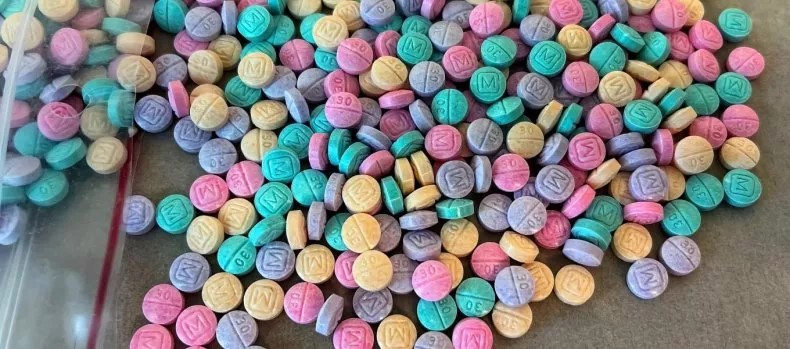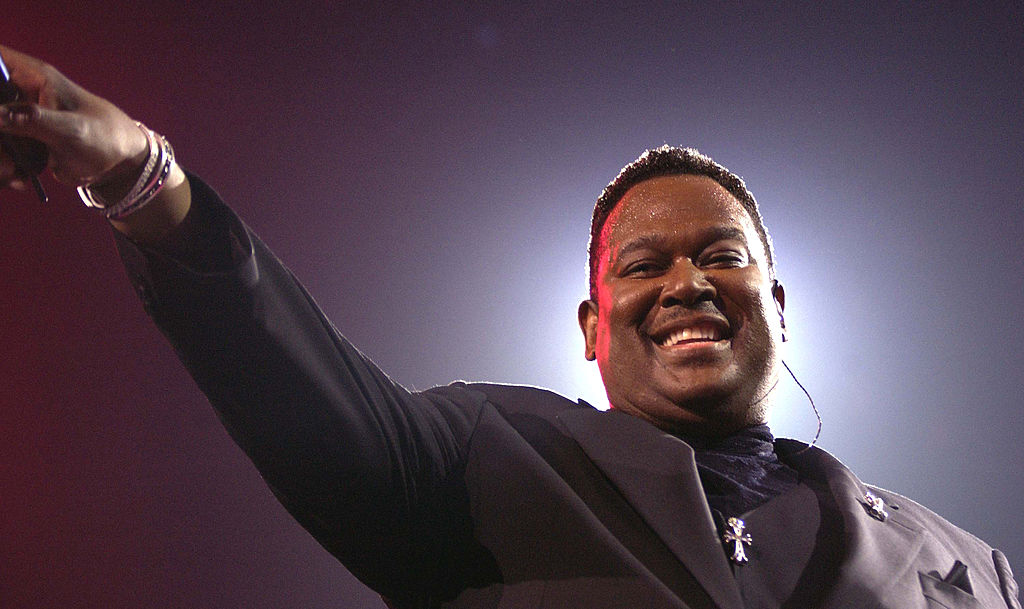
Brightly colored drugs dubbed “rainbow fentanyl” have been found in 18 states in the past month, federal officials reported.
And recently, federal authorities have accused a New Jersey woman of concealing approximately 15,000 rainbow-colored fentanyl pills in a Lego box as part of a drug trafficking scheme, in what US Drug Enforcement Administration authorities said in a news release is the largest seizure of the drug in New York City history.
Latesha Bush, 48, pleaded not guilty last week at an arraignment in Manhattan Criminal Court, a spokesperson for the prosecutor said. She was charged with one count of first-degree criminal possession of a controlled substance and one count of third-degree criminal possession of a controlled substance, according to a criminal complaint.
The drugs are sold as pills, powder and blocks that resemble sidewalk chalk, the Drug Enforcement Administration warned in a news release. The new packaging has a sinister intent, it says. “Rainbow fentanyl — fentanyl pills and powder that come in a variety of bright colors, shapes, and sizes — is a deliberate effort by drug traffickers to drive addiction amongst kids and young adults,” said DEA Administrator Anne Milgram in the release.
"Rainbow fentanyl—fentanyl pills and powder that come in a variety of bright colors, shapes, and sizes—is a deliberate effort by drug traffickers to drive addiction amongst kids and young adults," Milgram said in a statement. "The men and women of the DEA are relentlessly working to stop the trafficking of rainbow fentanyl and defeat the Mexican drug cartels that are responsible for the vast majority of the fentanyl that is being trafficked in the United States."
"Colored fentanyl pills have been going around for some time," Joseph J. Palamar, an associate professor at New York University Langone Medical Center's Department of Population Health, told Newsweek.
What Is Fentanyl?
Fentanyl is a man-made opioid medication that was originally designed to function as an anesthetic in the 1960s.
According to medical toxicologist and co-medical director of the National Capital Poison Center, Dr. Kelly Johnson-Arbor, it has since been developed into a prescription medication available in oral, nasal, and injectable formulations. It can also be available as transdermal skin patches.
It is approved for treating severe pain.
“In recent years, fentanyl has been trafficked into the United States from other countries as an illicit drug,” says Johnson-Arbor.
Fentanyl is a synthetic opioid that is up to 50 times stronger than heroin and 100 times stronger than morphine.
According to Johnson-Arbor, pill presses can easily be purchased online, which illicit drug manufacturers can use to create fentanyl pills that look just like prescription medications.
It’s also cheap and easy to create, which is likely why it’s commonly found in the illicit drug circuit in the United States.
Experts agree that the effects of any drug depend on the mode of administration. If a drug is injected or smoked it acts much faster than if swallowed. Effects also depend on how much of the drug is used and whether the user has a tolerance. If a pill containing fentanyl is accidentally ingested, there would likely be slightly more time to seek help as opposed to someone who sniffs, smokes, or injects a drug not known to contain fentanyl. It's possible that different colors represent different doses, so the color of the pill might also be a factor.
What to Do if Your Child Overdoses
Poison control centers, hospitals, or your doctor can give immediate advice in the case of a poisoning. The United States National Poison Control Hotline phone number is 1-800-222-1222. Have the poison container with you so you can give complete information to the poison control center. This includes what the poison or substance is, when it was taken, and how much was taken. Do not try to make your child vomit.
Call 911 anytime you think your child may need emergency care. For example, call if:
- Your child passes out (loses consciousness).
- Your child has trouble breathing.
- Your child is sleepy or hard to wake up.
- Your child is having a seizure.
Call your doctor now or seek immediate medical care if:
- Your child is vomiting.
- Your child has a new or worse headache.
- Your child is dizzy or lightheaded or feels like they may faint.
Watch closely for changes in your child's health, and be sure to contact your doctor if:
Your child does not get better as expected.








